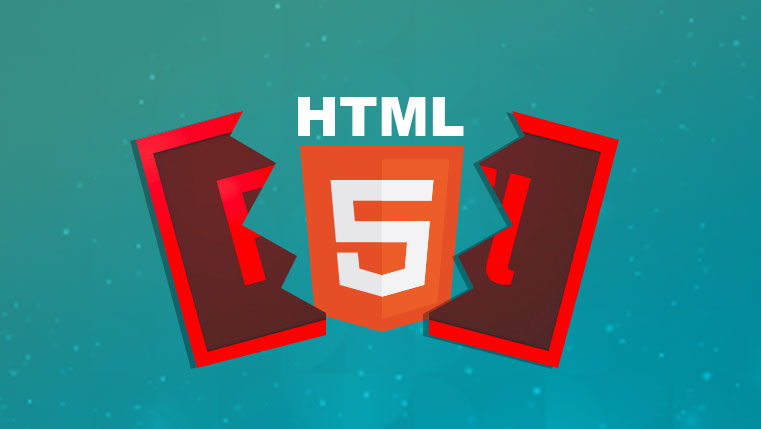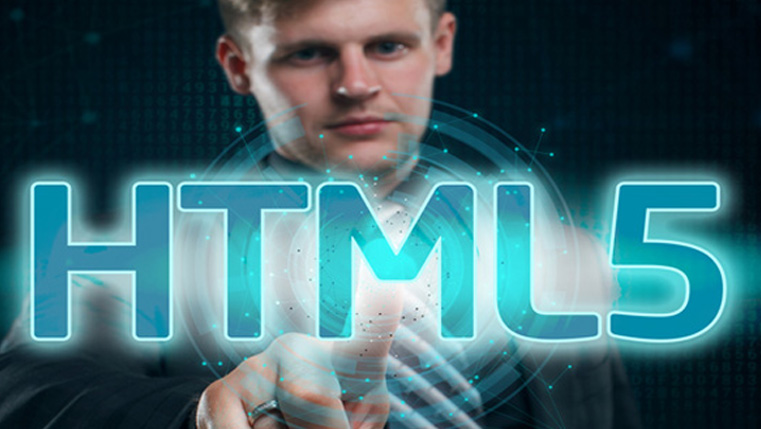Convert Flash to HTML5: Why Does It Make Business Sense?

Once the undisputed king in eLearning course development, Adobe Flash is now obsolete, rendering Flash-based courses inaccessible as browsers withdrew support for it. For organizations with a significant investment in Flash-built eLearning courses or those using old versions of authoring tools with Flash components, converting to HTML5 has become imperative.
Fortunately, modern authoring tools provide a seamless transition from Flash to HTML5, simplifying the conversion process. What impact does this shift to HTML5 have on your employees and the overall organization? Read on to find out the transformative benefits of adopting HTML5 in eLearning.
Why Convert Legacy (or Flash Courses) to HTML5?
Benefits of Converting Flash Courses to HTML5
1. Convert Flash to HTML5 and Make Device-Independent Learning a Reality
HTML5-based eLearning ensures seamless display across all devices, freeing learners from desktop or laptop constraints. No more blurry images or video issues on smartphones – access consistently optimized content from iPhones to tablets.
2. Convert Flash to HTML5 to Encourage Anytime Learning
Empower learners with HTML5-based eLearning, allowing anytime, anywhere access on mobile devices. These courses load faster, use less bandwidth, preserving battery life – crucial for accessing eLearning beyond organizational confines.
3. Convert Flash to HTML5 and Enable Learning on Multiple Browsers
Flash-based eLearning poses challenges on browsers like IE or Firefox due to the need for a third-party plugin. Unlike Flash, HTML5 doesn't demand additional plugins, ensuring seamless display of eLearning content on diverse browsers.
4. Convert Flash to HTML5 to Support Offline Access of Learning Resources
Offline learning might be required in the following scenarios:
Employees on the move – E.g.: Sales and service technicians frequently commuting for sales calls and field work might have to deal with intermittent Internet access.
Employees in remote areas – E.g.: Employees in oil rigs who work offshore, or healthcare workers in remote locations where internet connectivity could be a problem.
Part-time or home office employees – Gives them opportunities to upskill even when they are not physically located at the workplace, and without connecting to the organization’s network.
HTML5-based eLearning supports offline viewing, thanks to authoring tools such as Articulate Storyline. The learner needs to be connected to the Internet initially to download the course before he can access it offline.
Note: You would need a learning management system (LMS) that supports Tin Can or install a mobile app to facilitate offline learning.
→ Download Now: Choosing eLearning Outsourcing Partner [eBook]
What’s the Business Impact of Converting Flash to HTML5?
Converting Flash eLearning to HTML5 is not only beneficial for employees but also the organization.
1. Leverage Existing Content
Effective Flash to HTML5 conversions unlock rich online learning content, ensuring accessibility and maximizing the use of past investments in Flash-based eLearning.
2. Enhance Security
Flash-based eLearning exposes devices to security vulnerabilities. HTML5, with improved security features, is a wiser choice, particularly amid rising concerns about data breaches and cyber threats.
3. Promote Learning Culture
HTML5-based eLearning, accessible on various devices, fosters a learning culture. By catering to learners' preferences—whether driven by genuine interest or specific moments of need—it contributes to a dynamic and engaging learning environment.
4. Future-Proof Learning
Flash to HTML5 conversion offers an opportunity for content updates, text revisions, and the replacement or recreation of Flash-based interactivities. Utilizing authoring tools streamlines this process, ensuring learning content remains contemporary and relevant.
5. Positive ROI Impact
Converting Flash to HTML5 positively influences your training ROI. Existing content becomes mobile-friendly, and design enhancements, both instructional and visual, can be applied. The conversion process allows for content updates, making it cost-effective compared to creating entirely new eLearning courses.
Wrapping Up
The shift from Adobe Flash to HTML5 in eLearning is not just a technological update; it's a transformative journey with substantial benefits for both learners and organizations. The obsolescence of Flash necessitates a strategic move towards HTML5, ensuring the continued relevance and accessibility of eLearning content.
Start this transformative journey with a trusted eLearning outsourcing partner. Elevate your learning initiatives by selecting a partner who understands the nuances of Flash to HTML5 conversion, providing seamless transitions and unlocking the full potential of your training content. Here's our eBook to help you make the right choice today for a future-ready and impactful eLearning experience.
Editor’s note: This post was originally published in December 2018 and has been updated for comprehensiveness.







